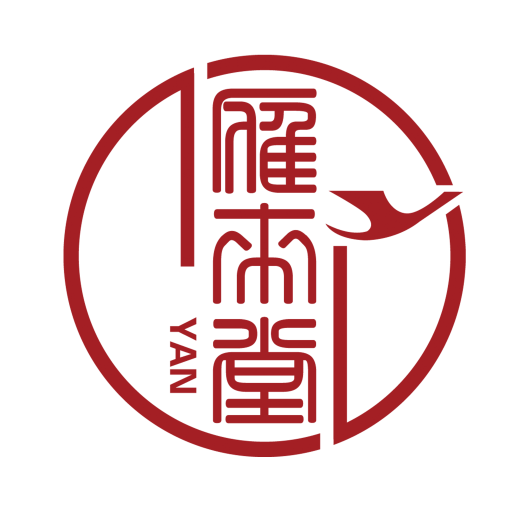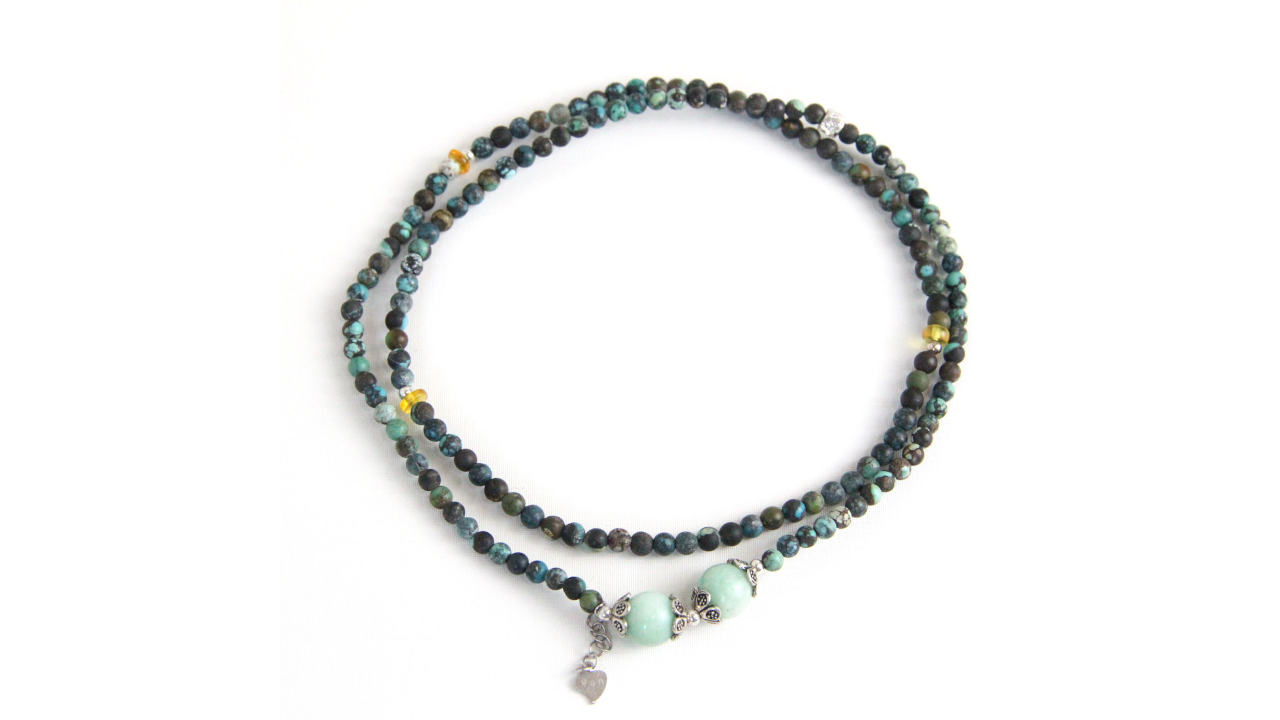Persian Blue – Turquoise Gemstone
Turkish stone as named from the trade routes that first bought this precious gemstone to Europe, turquoise is renowned for it’s dazzling and beautiful Persian sky blue as well as ocean blue green colours patterned with delicate veins of spider-web matrix.
Traditionally found in the north eastern mines of of the greater Khorasan in what is now Iran, Turquoise is one of the oldest known gemstones as found in precious burial offerings of ancient Egyptians dating from 3,000 BC.
Turquoise gemstone belongs to the “crypto crystalline” crystals, so named as they do not form readily distinguishable crystals, instead forming rock textures that are comprised of countless crystalline fragments massed together into a collected deposit.
Belonging to the phosphate minerals that also include apatite and lazulite, turquoise is naturally formed through the weathering action of acidic solutions upon pre-existing minerals.
Upon the surface of exposed rocks and in relatively shallow depths of faults and cavities, natural acid solutions dissolve existing rocks including copper, aluminium and phosphorous containing minerals, then with just the right conditions mineralise these dissolved elements to form a new mineral – turquoise.
As rain water and other sources of liquid percolate through the surface rock – and supplied with the right minerals, turquoise will gradually form.
Deposits of turquoise are subsequently found filling these rock intrudes in veins and nodules that accumulate over time into large deposits, in some cases turquoise will even replace the existing rock entirely.
Through this process of change the matrix of rock and minerals are not always uniformly converted into turquoise, with many unchanged minerals remaining, forming appearances that include the attractive and beautiful “spider web” tracery that turquoise is well known for.
Turquoise Gemstone Sources
Most of the world’s turquoise gemstone production is associated with dry arid climates with the oldest known mines being traced to the Sinai peninsula that supplied the first dynasties of Egypt with exquisite gemstone.
Turquoise mined from Iran has a famous blue colour known as “Persian Blue”, which displays as fantastic azure blue with little to no vestigial tracery of parent matrix.
In the United States the native American tribes place great importance upon turquoise, mining from natural sources in New Mexico that to this day still produce blue tablets of gemstone, with distinctive green yellow colour and recognisable natural mottling.
Presentation of Turquoise
Due to it’s makeup of minute crystal particles, turquoise is found in a range of densities and compositions that effect it’s value and use.
Though all turquoise gemstone has characteristic opaque opacity and colouring that ranges from azure blue to green and yellow tones, the finest turquoise shows a higher density of fine crystal particles making it more suitable for jewelry and gemstone use.
“Chalk” turquoise as often found in American sources though beautiful in azure colour is less dense in structure, rendering it more likely to absorb moisture and prone to damage with prolonged wear.
Less dense turquoise is often treated with resin to aid in polishing and durability, though care still has to be taken to avoid water and prolonged contact with liquids that are otherwise absorbed into the gemstone and will effect it’s colouring over time.
Turquoise Gemstone Culture
With beautiful sky blue colouring found in striking contrast to the pits and hollows in which it is found, turquoise has been considered as a sign of nobility and prestige for thousands of years.
Among the most famous uses of this blue gemstone is as inlaid upon the funeral mask of ancient Egyptian King Tutankhamun, where it is inlaid into solid gold as part of a wide golden gemstone studded collar .
Turquoise was one of the earliest gemstones to be imitated by ancient Egyptian people who produced a ceramic material replicating some of the qualities of it.
Acquired from the straits of Sinai the Egyptian people fashioned turquoise into popular scarab figurines that represented rebirth and the afterlife, with precious metal set rings and large beaded necklace designs that are still fashionable today.
With the oldest of known gemstone mines being found in the Sinai peninsula turquoise has had a strong connection to Persian civilisations throughout time.
The rulers of Mesopotamia wore it to signify leadership and prestige and the oldest discovered gemstone beads date from this time of around 5,000 bc.
Later rules of Persia would use turquoise to inlay domes of buildings including holy shrines and places of governance, where it was engraved with Arabic inlaid with gold, this fashion would later be continued in the Taj Mahal in India where it is used set with other precious stones.
Turkish mounted soldiers wore annular pendants believing it would confer protection from the worst effects of falls from their steeds, other metaphysical writings include that the colour and quality of Turquoise is a reflection of it’s present owners health and that it is the birth stone for December.
South American civilisations including the Aztec peoples made fantastic ceremonial masks inlaid with turquoise set upon wood and bone foundations that bestowed the powers of gods to the wearers.
Contemporary North American people fashioned larger pendants from local sources and like their South American neighbours believed that turquoise would confer certain powers upon wearing and traded it widely across their ancient civilisations.
In Asia this gemstone has been found in fractured limestone deposits across the south of China, while Russian peoples inlaid weapons such as swords with hilts featuring turquoise gemstone.
Turquoise in the Market
The most sought after turquoise presents with a smooth silky azure blue colouring coupled with a harder density more suitable for repeat wear and has not undergone treatment.
The beautiful blue of turquoise has become synonymous with the gemstone such that the English meaning of the word “turquoise” is the same general meaning as “blue”.
Asides from “Persian Blue” varieties the majority of turquoise displays some vestiges of original matrix rock, a degree of delicate patterning is seen as beautiful in the eyes of artisans and native Americans whose local sources feature fantastic colour ranges set against “spider web” tracery of darker colour.
Fashion across Time
Historically turquoise jewelry has ranged from fairly large cabochon pendants worn as talismans meant to confer protection or spiritual benefit, to simple large beaded necklaces and bracelets.
America is one of the worlds largest producers of turquoise jewelry with large scale mines producing commercial grade gemstones that are exported around the world, as well as many smaller operations that include mines still worked by the original American peoples.
Modern production of turquoise jewelry, as it was in the past, is of great benefit to many communities in America with native American people producing jewellery shaped by traditions that are now thousands of years old.
Modern Navajo, Hopi and Zuni jewellery styles use the same natural sources that their ancestors have used but with the more recent introduction to silver smithing by the Spanish, now use elaborate silver settings and backings that further serve set off the colour of this beautiful blue gem.
YAN Turquoise Design
YAN jewelry styles capture natural projected from the natural colour gamut of turquoise, with a rich aqua heritage this gemstone is well matched to our range of ocean concept necklaces and bracelets.
As a traditional painter and talented artisan our designer uses the natural colour ranges of the darker matrix in turquoise to show real connection to the natural process behind this gemstones formation.
With blue and dark blue black colouring, the addition of green amazonite into the colour palette of some pieces further strengthens the natural colour tones of turquoise in selected bracelets and necklaces.
Showing off some of our designs of turquoise shows that the natural colours are a vibrant fit worthy for any brand of high class designer jewelry.
You can see more of our gemstone designs that include turquoise in this collection of beautiful necklaces and bracelets here, while our ocean concept of jewelry designs feature similar blue tone ranges of colours.
Turquoise is a beautiful gemstone of dreaming azure sky colour capturing the imaginations of people from distant past to here in the present.


